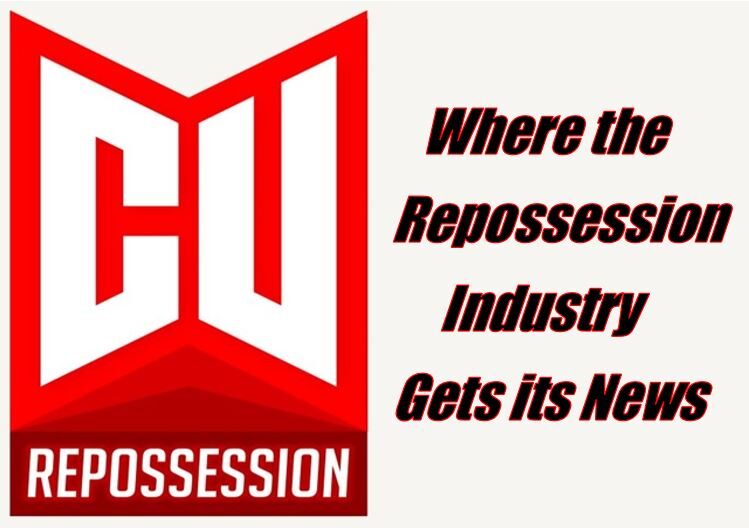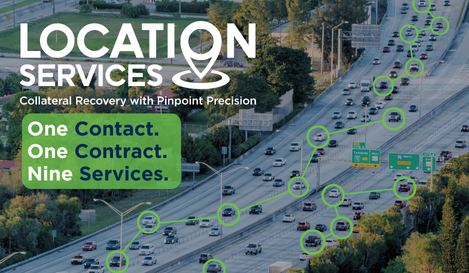“In 2023, insurers are faced with a significant challenge to close the rate gap in order to meet their growing cost of capital.”
Facing increasing economic pressure, insurance carriers are on the look out for ways to reduce underwriting losses by increasing rates, reducing coverages, tightening underwriting guidelines and dropping lines of business that aren’t profitable. This hyperfocus on loss management may put many in the repossession industry at risk of losing important coverage.
An Insurance Journal article was published online on 3/30/23 with the following headline:
Near $27B Underwriting Loss in 2022 – largest for US P/C insurers since 2011
Key Quotes from the article:
- “The [insurance] industry recorded a net underwriting loss for 2022 of $26.9 billion, more than six times the $3.8 billion underwriting loss in 2021. The underwriting loss in 2022 was the largest the industry has seen since 2011.”
- “The insurance industry is being hammered by increasing input costs, natural catastrophes, legal system abuse, and resistance in some states to adequate rates,” said Robert Gordon, senior vice president, policy, research & international for APCIA.
- “In 2023, insurers are faced with a significant challenge to close the rate gap in order to meet their growing cost of capital.”
- “Hurricane Ian and the effects of inflation resulted in major losses for property insurers last year, while accident severity continued to plague personal and commercial auto lines,” said Neil Spector, president of underwriting solutions at Verisk.
Why is this article important to you? The article is important to anyone who has insurance, be it personal, but especially commercial and in the repossession industry, because it means insurance companies are going to look for ways to reduce their underwriting losses. And how this is done will likely impact you in some way. Insurance companies reduce underwriting losses by increasing rates, reducing coverages, tightening underwriting guidelines and dropping lines of business that aren’t profitable. Ever heard of a hard insurance market?
Many people who we are now seeing applications from are people who had a single claim in 2021 or 2022 and are now finding themselves non-renewed in 2023. The problem these companies are encountering is that many have jumped from carrier to carrier or have been placed with different carriers every year by their insurance agents chasing a lower premium.
So as the article references with the insurance industry being hammered by increasing input costs (costs of repair, replacement, litigation etc.) and accident severity plaguing personal and commercial auto lines, the cost of claims is increasing while premium volume is decreasing. This is a perfect storm of insurability.
What can be done? Well, the best thing you can do is proper and effective risk management and training. Reducing risk a/k/a “Removing the liability, before removing the vehicle” (to quote our tag line), increasing training, adhering to insurance company guidelines regarding things like driver age and experience, not chasing the lowest premium dollar at all costs – all help to keep your loss ratio (ratio of what you have paid in vs. what the carrier pays out) in better balance.
 Quick shameless plug here, but risk management, driver training, case law and more have always been cornerstones of the RSIG program and are all center stage at REPO2023, hosted by RSIG and Allied Finance Adjusters in Detroit this June. Registration is open and discounted registration fees are still in effect!
Quick shameless plug here, but risk management, driver training, case law and more have always been cornerstones of the RSIG program and are all center stage at REPO2023, hosted by RSIG and Allied Finance Adjusters in Detroit this June. Registration is open and discounted registration fees are still in effect!

















Facebook Comments